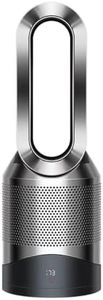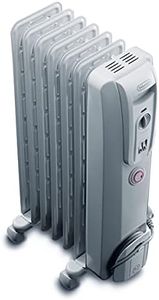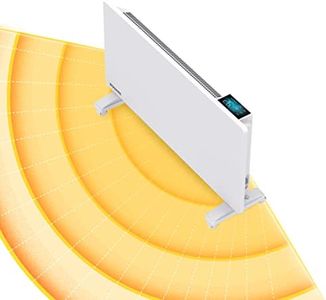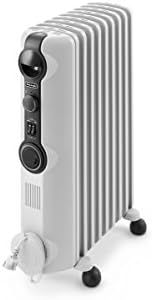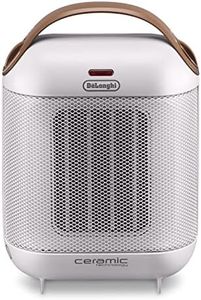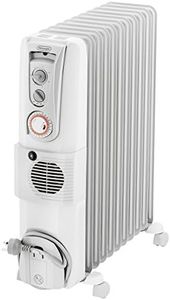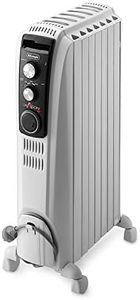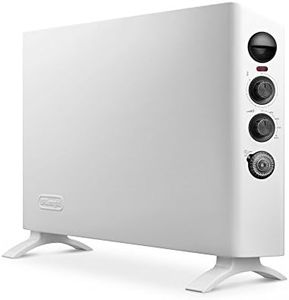We Use CookiesWe use cookies to enhance the security, performance,
functionality and for analytical and promotional activities. By continuing to browse this site you
are agreeing to our privacy policy
10 Best Safest Heater For Baby Room
From leading brands and best sellers available on the web.Buying Guide for the Best Safest Heater For Baby Room
Choosing a heater for a baby's room is all about prioritizing safety and comfort. Babies are more sensitive to temperature changes and can be more susceptible to hazards, so it's important to focus on features that minimize risk and ensure a steady, cozy environment. As you look at different heaters, consider how they will interact with the space, the baby’s habits as they grow, and ease of use for caregivers. Think about how the heater distributes heat, how well it can maintain stable temperatures, and the protective features it includes to prevent accidents.Safety FeaturesSafety features are elements built into the heater to prevent accidents like burns, fires, or tip-overs. For a baby’s room, key safety features include cool-to-the-touch exteriors, automatic shut-off if the heater falls over, and overheat protection if the unit gets too hot. With babies potentially crawling, walking, or reaching for things, these features are essential. Choose a heater that stays cool on the outside to prevent burns, and make sure it will turn itself off if knocked over or left running for too long. Heaters with enclosed heating elements or no exposed coils are generally safer for little ones.
Type of HeaterThe heater type affects both safety and how heat is delivered. Common types are oil-filled radiators, ceramic heaters, and panel heaters. Oil-filled radiators are typically slower to heat up but remain warm and steady, often being safer to touch. Ceramic heaters warm up a room quickly and often have cool-to-touch casings, but you’ll want a model with tip-over protection. Panel heaters are slim, can be wall-mounted out of reach, and provide gentle heat—ideal for safety. Consider your room size, where the heater will be placed, and how much mobility your baby has as you select the type.
Temperature Control and ThermostatA built-in thermostat allows the heater to maintain a consistent room temperature—a must for keeping a baby's environment comfortable and safe. Some heaters let you set a specific temperature, while others have adjustable settings like low, medium, and high. Digital thermostats offer more precision and can help you avoid overheating or underheating the room. For a baby room, it’s best to choose a heater with an accurate thermostat, so you can be sure the temperature stays within a safe, comfortable range for sleep and play.
Noise LevelHeaters can make noise while operating, which may disturb a baby’s sleep. Some types, like oil-filled radiators or panel heaters, run almost silently, whereas fan-based models may create a steady hum. If your baby is a light sleeper, opt for a heater that is known to be quiet, especially during nighttime use. Some gentle white noise can be soothing, but loud or erratic sounds should be avoided.
Size and PortabilityThe size of the heater affects both how quickly and evenly it heats the space, and where you can safely position it. A compact, lightweight heater can be moved as needed, but make sure it's sturdy and not easily tipped. For small rooms, a small but effective heater is sufficient, while a larger room might need a bigger unit or multiple smaller heaters. Choose one based on the room dimensions and keep it placed away from cribs and play areas.
Ease of Cleaning and MaintenanceHeaters collect dust and can harbor allergens if not cleaned regularly. Look for a heater with a design that allows easy cleaning, such as removable filters or simple surfaces without too many slats or crevices. Regular maintenance not only keeps the device operating efficiently but ensures it's healthy for the baby’s environment.
